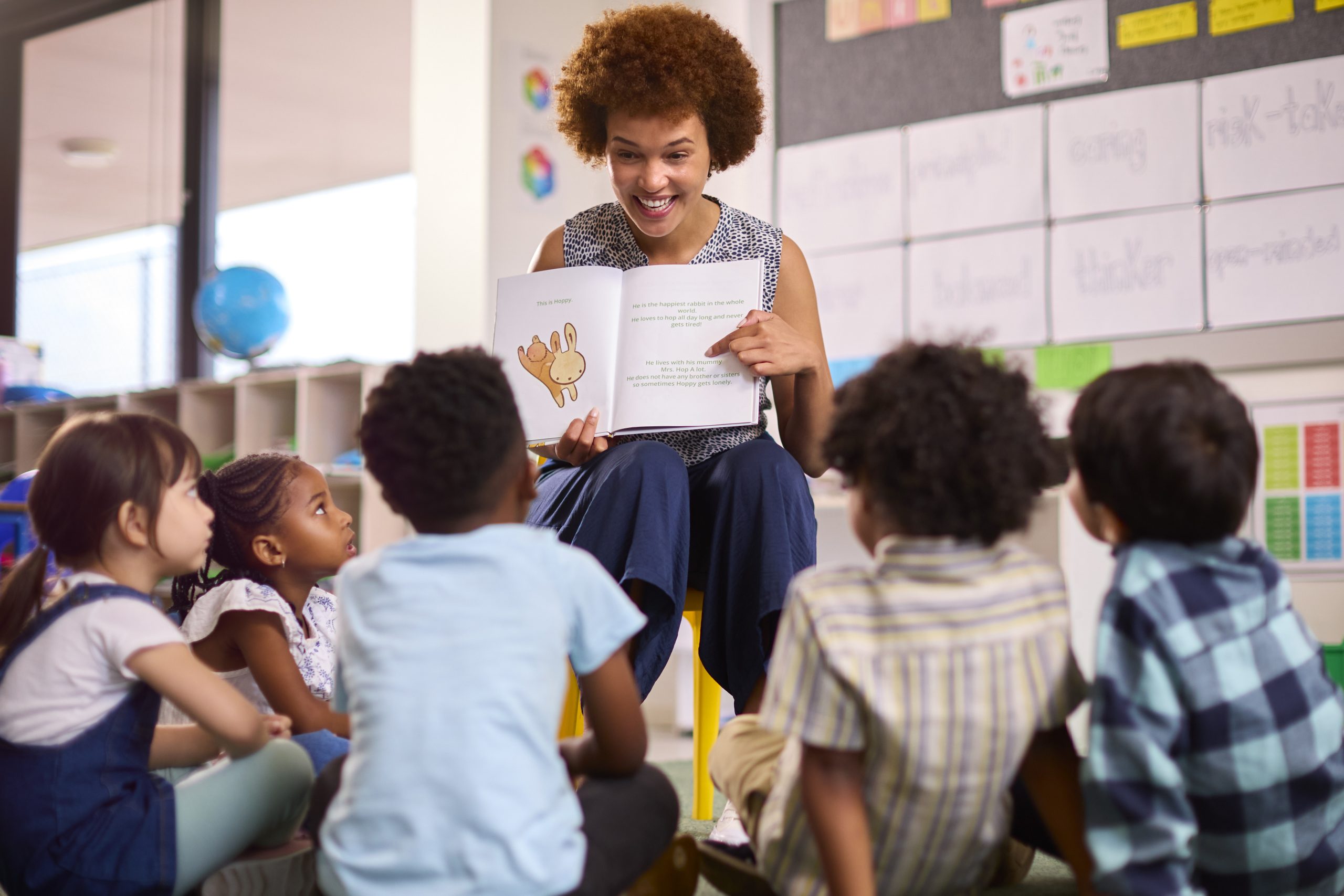Only half of K-2 students across the U.S. are on track for learning to read, with three in 10 students considered far behind, according to a research brief released March 13 by Amplify, a curriculum and assessment company.
Findings show that while schools across the country made some progress increasing the number of K–2 students on track for learning to read throughout the spring and fall of 2023, progress has since slowed.
“The data is clear — literacy rates at the earliest and most critical time for student development are slowing. Changing this course requires schools and districts to act now and review their approaches in all grades,” said Susan Lambert, chief academic officer of elementary humanities at Amplify. “Schools that deliver strong outcomes focus on building a solid foundation at the start and intervening quickly when students need extra support, rather than trying to play catch up later, when it can be more difficult.
“The good news is that when students receive science-based reading instruction, outcomes improve,” she continued. “And, when that instruction takes place in the earliest possible grades, research shows that most students can be taught to read at or approaching grade level.”
Authors of the brief, which analyzed recent Dynamic Indicators of Basic Early Literacy Skills (DIBELS) assessment results from 300,000 students at 1,400 schools in 43 states, said many students are at risk of failing to read proficiently by the end of third grade, an important indicator of future academic success.
In 2022–23, 52 percent of K-2 students were considered ready for core instruction in early literacy skills. That percentage increased to 54 percent in 2023–24, but remains below the 58 percent of first graders who were on track in 2019–20, according to the brief.
Despite these overall challenges, researchers found that achievement gaps between Black and Hispanic students and Asian and white students have been narrowing.
Although Black and Hispanic students’ assessment results still lag behind, 2023–24 mid-year data showed 55 percent of Black and 47 percent of Hispanic kindergarteners to be on track, compared with 73 percent of Asian and 61 percent of white students. This represents improvements of 13 percentage points for Black students and 8 percentage points for Hispanic students compared to two years prior.
During the same period, Asian students saw a 3-percentage point increase, and white students a 4-percentage point boost.
Recommendations
The brief outlines recommendations for how local educational agencies can improve reading outcomes among the nation’s youngest students, including:
- Investing in a reliable universal screening assessment, high-quality core curriculum and evidence-based interventions.
- Administering a universal screening assessments three times per year to monitor levels of risk for reading difficulties.
- Allocating staff to support students who are at risk of not meeting reading proficiency and spending additional time in literacy instruction beyond grade-level instruction.
- Regularly monitoring progress for students who are at risk and making adjustments as needed.
- Ensuring instructional staff are knowledgeable about science-based reading instruction through strong professional development and implementing high-quality core curriculum with fidelity.
- Instilling a love of reading and books during all school-based programs with the support of caregivers and the community.





